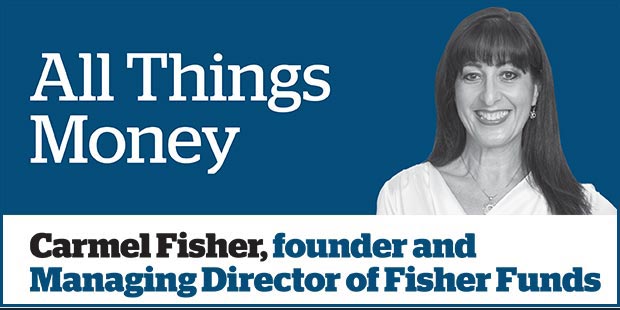Fashion retailing is a tough gig. It's an area that has always interested me as a consumer and an investor but, in this sector, investing success has proved as elusive as business success.
Early in my career I was inspired by Peter Lynch, the manager of the Fidelity Magellan Fund whom Time magazine named the No. 1 money manager. One of Lynch's investment principles was to invest in businesses whose products you knew and liked. In one of his books, he talked about a group of teenage girls who built a market-beating portfolio by investing in businesses they were familiar with - Disney, Nike, PepsiCo etc.
I applied this philosophy to our first investment in Pumpkin Patch in 2004. In a client newsletter at the time, I wrote Pumpkin Patch was a "well-established brand that has come to represent a certain look and differentiated itself in a competitive retail space.
Pumpkin Patch stands apart with garments that look very different from competing brands; ranges designed around 'stories' that allow merchandising and add-on sales; and store formats that enhance the brand and stand out from competitors".
For a long time, Pumpkin Patch's differentiation worked and the company looked likely to achieve the Holy Grail - international success as a fashion brand.
But the tide turned. We sold our shareholding in 2008, having lost money and a fair bit of confidence and I have been somewhat wary of the fashion industry since (as an investor at least).
Regrettably, Pumpkin Patch's fortunes haven't improved. Just last week the company announced that, having sought proposals from various parties to buy or recapitalise the business, none had emerged; the company said it would carry on with "performance improvement initiatives" and hope to deliver value to shareholders in time.
Having watched Pumpkin Patch's struggles, I was heartened to read of a fashion business positively soaring.
Zara is a Spanish label now the world's largest fashion retailer with 6,500 shops in 88 countries and annual sales of more than €18 billion. If I had followed Lynch's philosophy and bought shares when my daughters first became excited about Zara's clothes, shoes and accessories, I would be a happy investor indeed.
The key to success in fashion retailing is differentiation. Zara have chosen to differentiate not through the clothes themselves but in the way the business is run. This almost anti-fashion stance is exemplified in the daily work attire of company founder Amancio Ortega. Each day he wears the same outfit - a blue blazer, white shirt and grey trousers - none of which bears the Zara brand.
The Zara business model is simple and unique. It is governed by two key principles - giving customers what they want, as quickly as possible. Zara stores change their stock twice a week and orders arrive within 48 hours. Small and frequent shipments keep the inventories fresh and scarce - customers keep visiting the store and buy today in the knowledge that it will be gone tomorrow. Zara's customers visit their stores an average of 17 times per year, considerably more often than the average three visits a year to competing retailers.
Zara's store managers choose what stock stays and goes, based on what they observe from customers on the shop floor. Items not selling are quickly removed, popular items replenished.
Zara spends little on advertising - they don't need to, as word of mouth and ever-changing inventory keep the customers coming. Instead the company spends in the areas that matter most - managing supply chain and production costs to produce what the customers want, when they want it; a fashionable concept indeed.
It is a simple philosophy and has enabled Zara to thrive in a tough, competitive industry where an estimated 95 per cent of start-ups fail in the first five years.

